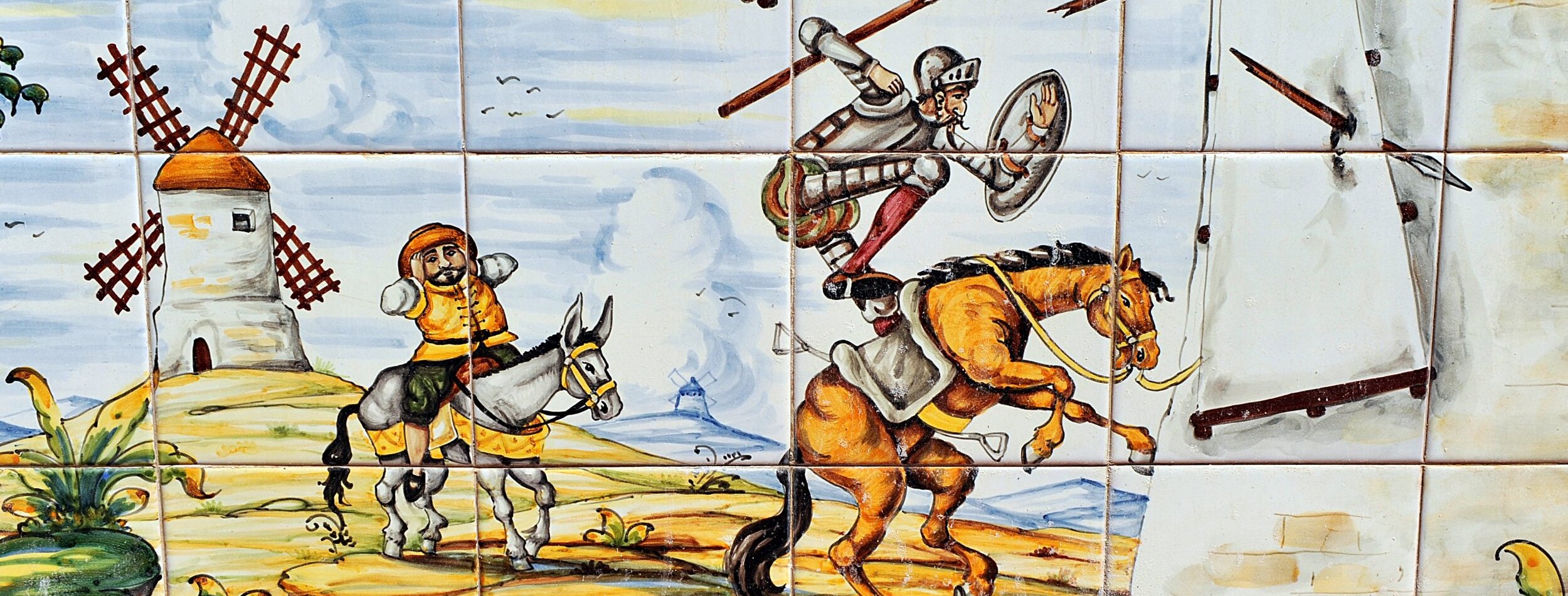Spanish Literature

Inception and Integration
Spanish literature has a voice that is entirely its own. The origins of this distinctiveness can be found in the geography and the history of the country. Continental influences take a long time to reach Spain, since it is located in the southwestern corner of Europe; and intermingled Arabic, Jewish and Christian voices resonate in Spanish literature to give it its uniqueness.
16th Century: Golden Age
Historically speaking, the 16th century was an important period in Spanish literature. Known as the Golden Age of Spanish literature, this age witnessed the creation of the first picaresque novel – The Life of Lazarillo de Tormes and his Fortunes and Adversities. The life of a rogue and not a hero is the subject matter of this novel. Immortal writers such as Miguel de Cervantes, Tirso de Molina, and Lope de Vega came to prominence in this age.
Cervantes’s novel, Don Quixote, written in the early years of the seventeenth century, is generally considered the first great Western novel. The exceedingly popular Lope de Vega used the traditional Spanish themes of religion, royalty, love, and chivalry in his plays. His most popular works are The Sheep Well, The Foolish Lady, and Finding Truth Through Doubt. Tirso de Molina was known for his religious and historical plays. In his most famous play, The Trickster of Seville and the Stone Guest, Molina introduces the literary character Don Juan for the first time.
You can support our content creation by purchasing our Spanish translation services:
Free Quote
sales@thetranslationcompany.com
800.725.6498
Get a Quote Today!
20th Century: Modern Era
20th-century or modern Spanish literature is equally remarkable because it is marked by diverse and conflicting tendencies. The Spanish Civil War and the rise of Franco profoundly influenced the course of Spanish literature during this period. The Generation of 1927, comprising illustrious names such as Federico Garcia Lorca, Jorge Guillen, Vicente Aleixandre y Merlo, and others, combined literary movements such as Futurism, Dadaism, and Surrealism with elements of traditional Spanish lyric poetry and popular culture. After General Franco’s ascent to power, many poets and novelists fled the country to escape persecution and censorship. Those who remained behind chose to ignore the political turmoil.
Notable Poets and Authors
Poets such as Leopoldo Panero, Luis Rosales, and Dionisio Ridruejo adhered to the ideals postulated by the Renaissance. Poets like Gabriel Celaya, Blas de Otero, Carlos Bousono, and Jose Maria Valverde wrote personal and religious poetry. The Barcelona group, consisting of Carlos Barral, Jose Agustin Goytisolo, Jaime Gil de Biedma, and others of the 1950s, treated poetry as a means for didacticism. The Novisimos group that comprised Felix de Azua, Pere Gimferrer, Antonio Martinez Sarrion, and Leopoldo Maria Panero of the 1960s moved away from didacticism toward aestheticism.
Among Spanish novelists, Camilo Jose Cela—who was awarded Nobel Prize in the year 1989—introduced a style of strong and cruel realism called ‘tremendismo’ to criticize the Franco regime. His most famous works are La familia de Pascual Duarte, 1942, and La colmena 1951. Other postwar novelists such as Rafael Sanchez Mazas and Max Aub represented the Fascist point of view in literature. After the Spanish Civil War, several women writers, such as Carmen Laforet and Ana Maria Matute, emerged to deal with the effects of the war on Spanish society.
Latin Literature from Wikipedia
Literatura Espanõla by Virtual Spain
